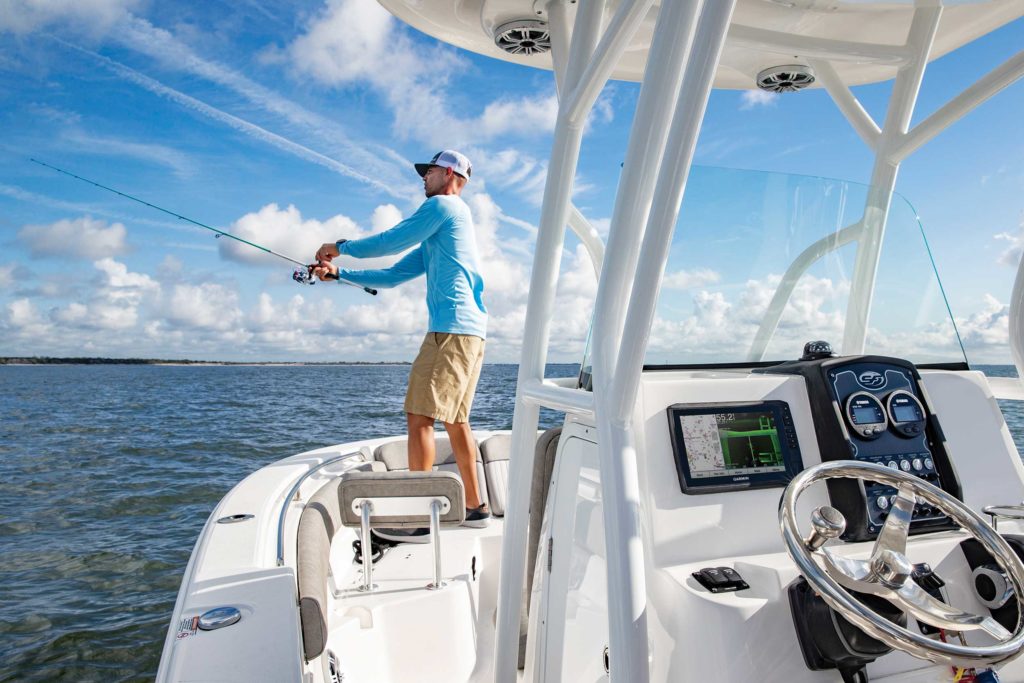
In an age when big-screen multifunction displays dominate every wish list, relatively basic “combo” units remain unloved. However, these utilitarian machines rank among the bestselling models from major marine electronics brands such as Garmin, Furuno, Humminbird, Raymarine, Lowrance and Simrad.
Combos are generally affordable, easy to install, a cinch to use, and effective for inshore and some offshore applications.
Package Deal
The main functional difference between combo units and MFDs: networkability. Combos generally come with built-in GPS as well as plotter and sonar functions, and only occasionally do they offer connectivity for additional electronics such as radar and autopilots.
MFDs often link up with external modules or black boxes that provide multiple features and options. They network—using NMEA 2000—with all peripheral electronic devices and with a variety of systems on the boat such as underwater lights, stereos, digital switching systems and more.
“In our lineup, we consider the Element series to be a combo unit rather than an MFD,” says Jim McGowan, marketing manager for Raymarine. “In our book, combo units have two primary features in them: a GPS/chart plotter and a sonar. Typically, the combo units don’t have quite as much networking or expansion capability compared with a traditional MFD like Raymarine’s Axiom.”
Furuno’s Jeff Kazlauric offers a slightly different take. “A combo unit would contain two or three main features (GPS/chart plotter, fish finder and radar) built in,” Kazlauric says. “For example, our GP1871F and GP1971F are considered combo units because they are GPS chart plotters/fish finders.”
Smaller Options
Combo units often land on smaller center-consoles and skiffs, where the owner’s budget, and helm space, might be tight. Some manufacturers traditionally have limited the screen size of their combo units for that reason.
“Due to the screen size and sonar/GPS offerings of [Humminbird’s combo-unit] Helix 5- and 7-inch G2 and G3 models, we find that inshore anglers prefer these models,” says Matt Cook, Humminbird brand manager. “For those with larger boats, the Helix G4N and Solix G3 MFD series offer robust sonar, GPS and networking options.”
But these days, combos also can be found in larger sizes. In the Garmin lineup, for instance, combos range from the Striker 4, with a 3½-inch color display screen and a push-button operating system, to the EchoMap Ultra 126sv, with a 12-inch color touchscreen and a key-assist function.
On the upper end, 9 to 12 inches seems to be the largest display available in a combo model. In the Simrad Cruise line, the biggest screen measures 9 inches. However, a Lowrance Elite Ti2 combo model and a Raymarine Element combo feature screens as large as 12 inches.
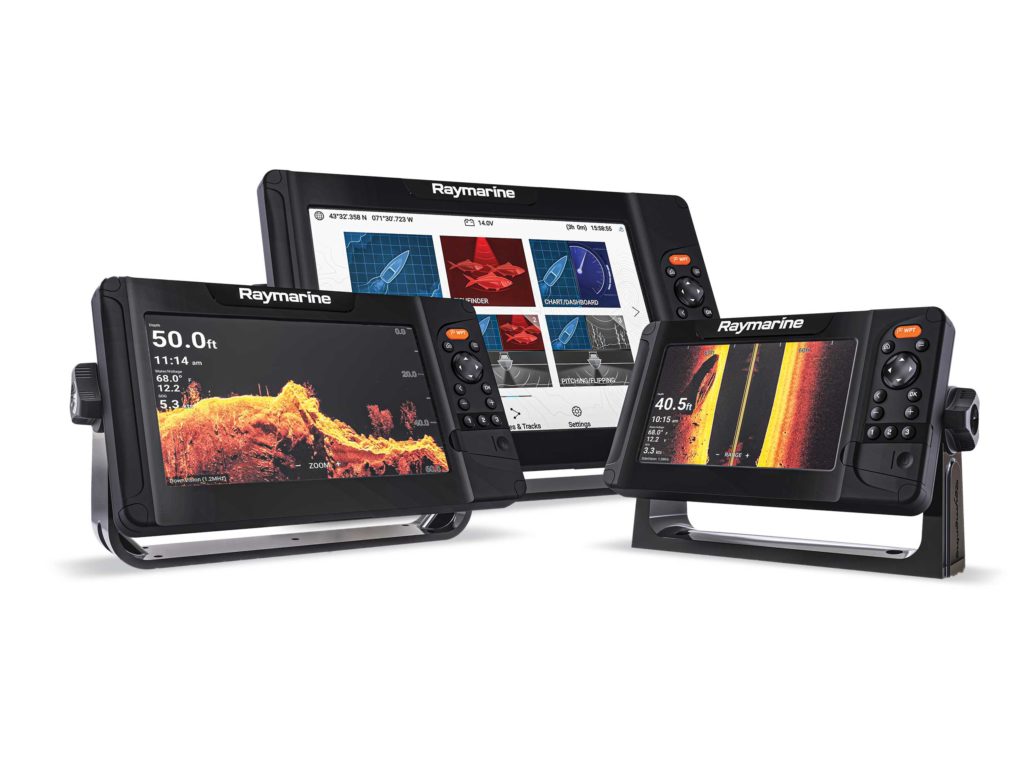
“Combo units generally hit a more affordable price point for many shoppers because these models are built to have everything you need and nothing that you don’t,” McGowan explains. For example, a Raymarine Element 12HV starts at $1,799.99, while a Raymarine Axiom 12 MFD starts at $2,449.99. The new-generation Axiom+ 12-inch MFD starts at $2,499.
While a combo unit reflects less tech compared with MFDs, the same cannot be said about quality, McGowan points out. “There are certain features we won’t skimp on, like a high-resolution, bright, daylight-viewable display,” he says. The Element series also features the performance of a quad-core processor.
Installation Ease
Another advantage of combo units lies in their comparatively simple installation. “There are fewer things to connect and configure with a combo unit,” says Andrew Golden, whose company represents the Lowrance and Simrad brands.
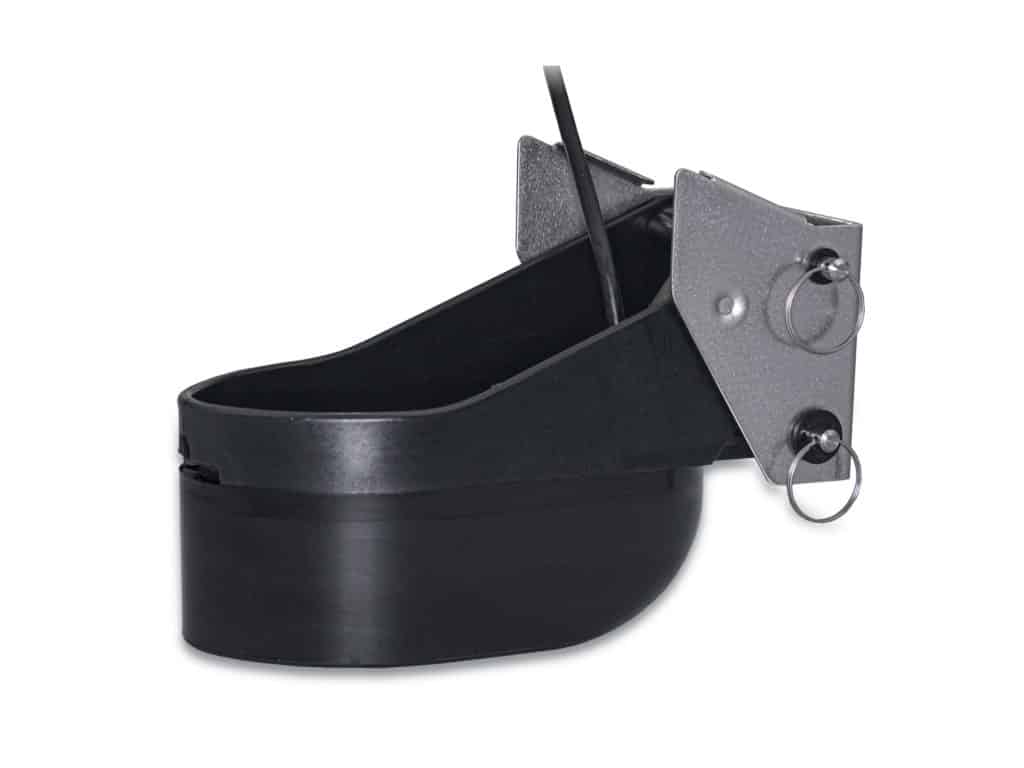
Most combo units feature a built-in GPS receiver, which means no separate antenna to mount and no extra cable to route. Many units can be installed as less-expensive do-it-yourself projects. Yet, even if a marine-electronics installer does the job, combo installation takes less time than configuring a fully networked MFD, and that translates to lower cost.
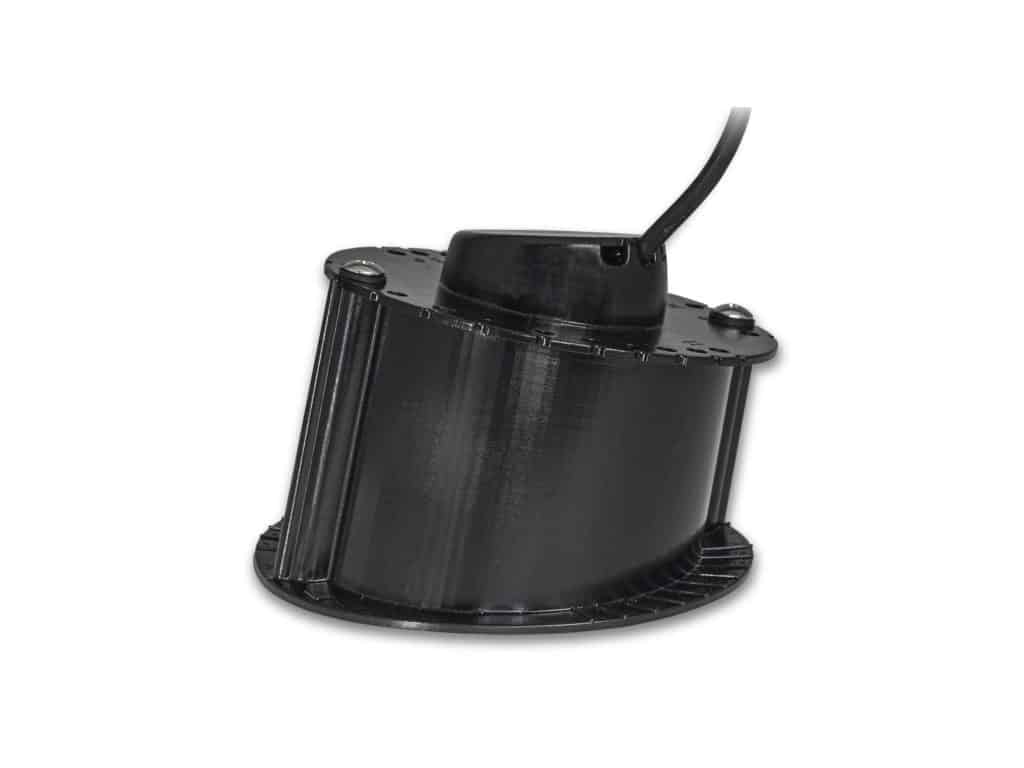
Many combo units also come with multifunctional transducers for greater fish-finder capability. Garmin’s EchoMap Ultra 106sv and 126sv models, for instance, include a GT54UHD-TM transom-mount all-in-one transducer with high-wide chirp, and ultra-high-definition ClearVü (down) and SideVü (side) scanning sonars.
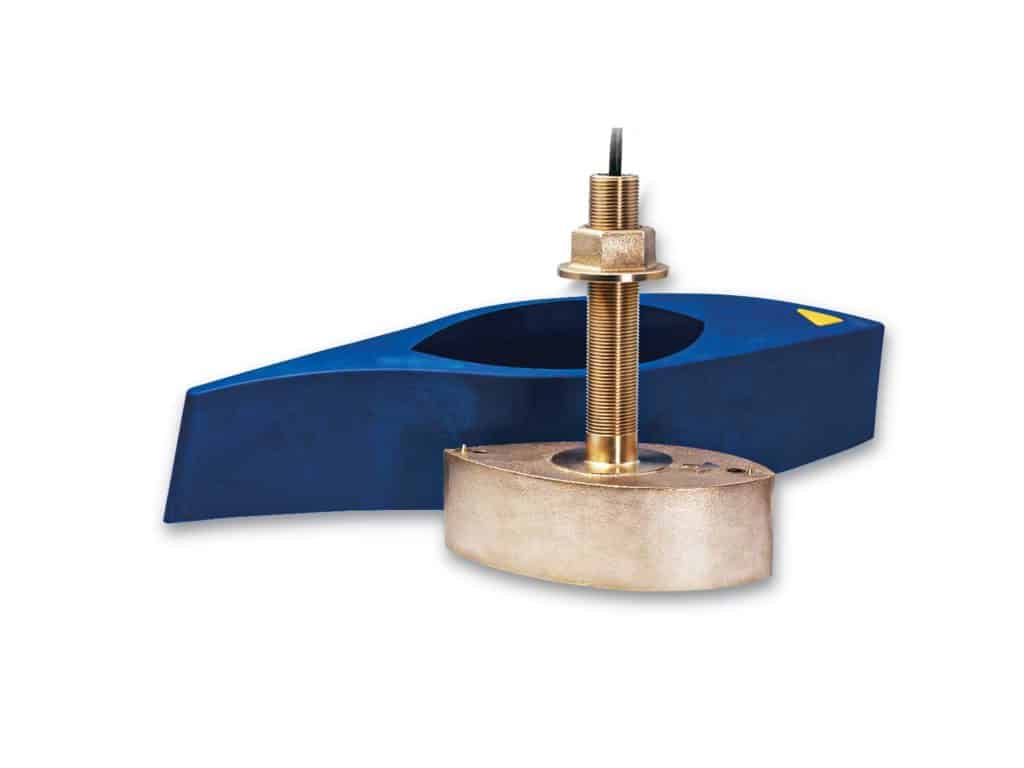
Similarly, each Lowrance Elite Ti2 combo unit comes with an ActiveImaging 3-in-1 transom-mount transducer that features chirp, SideScan and DownScan. A single transducer that gives you more ways to find structure and fish saves the cost of buying multiple transducers to do the same things, and further simplifies the installation.
Rule Exceptions
Although by nature and cost, combos are traditionally self-contained, standing alone in terms of their features, newer models challenge that definition. “The lines [between combos and MFDs] have been blurred more and more over the years,” explains Carly Hysell, media relations manager for Garmin. “In the past, multifunction displays were considered any unit that could do networking, but now some of our combo units have at least some networking functionality as well, so that theory doesn’t really apply anymore.”
As an example, the Garmin EchoMap Ultra series offers built-in support for networking with Garmin’s Panoptix sonars and Panoptix LiveScope scanning sonar, which offers real-time, video-like views of structure and fish. The units also feature NMEA 2000 connectivity for networking, with peripherals such as heading sensors, auto-pilots, digital switching and the Fusion-Link audio system.
In another example of expanding functionality, Simrad’s GO9 XSE and GO12 XSE combo units can be networked to serve as displays for Simrad’s Broadband 3G/4G and Halo pulse-compression radar systems for safer navigation.
The evolving nature of combo units makes them even more versatile for navigation and finding structure and fish. Yet ultimately, as many anglers have learned about their small skiffs and boats: You don’t always need a big, expensive MFD with lots of extra features for angling success. Sometimes a compact combo unit is the just right machine for the job.
The Latest in Audio
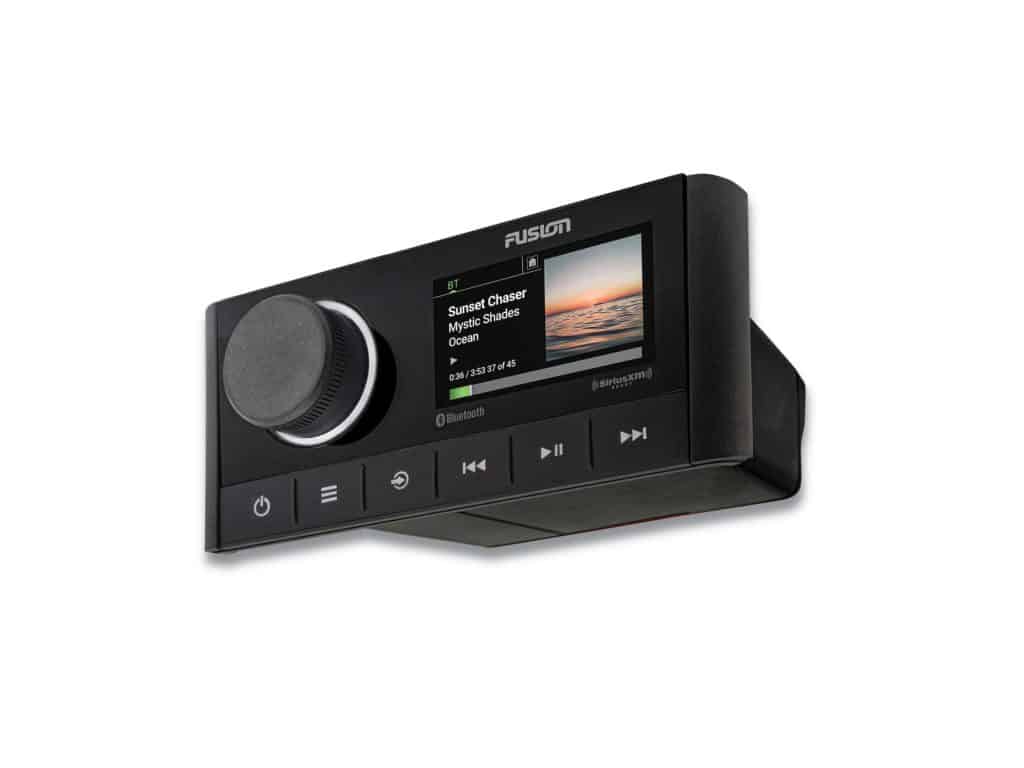
Fusion’s RA670 head unit has all the bells and whistles of the Apollo Series, including digital signal processing, in a compact form. MSRP: $449.99
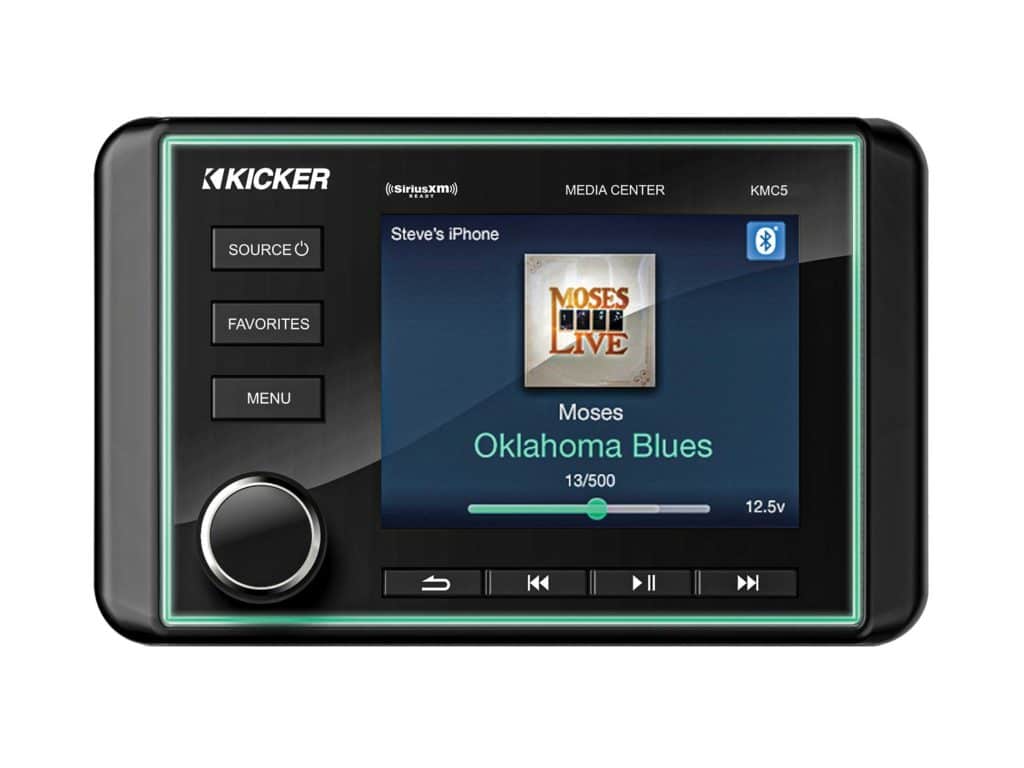
Kicker’s KMCD Premium Marine Media Center is a 240-watt marine source unit with a color LCD screen, USB charging and thumb-drive playback. MSRP: $549
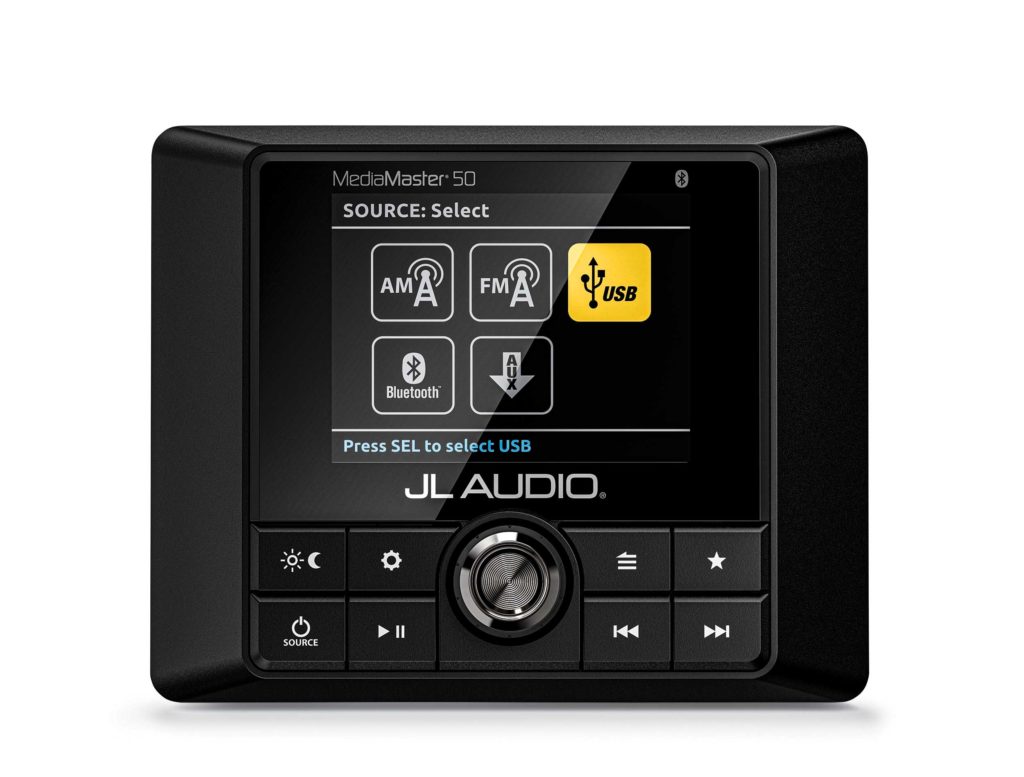
JL Audio’s MediaMaster 50 offers NMEA 2000 networking and comes with a built-in 100-watt amplifier. MSRP: $399.99





